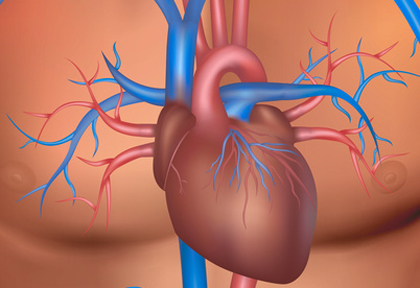Many patients arrive to the cath lab for a diagnostic coronary angiography after an echo showing severe ventricular dysfunction, even in asymptomatic patients. In many occasions, their coronary arteries are normal, and in many others, we find coronary disease that is not enough to warrant such severe ventricular dysfunction.

Patients with heart failure are frequently divided according to aetiology in ischemic and nonischemic. However, such binary classification combines patients with normal coronary arteries and patients with nonobstructive disease who might have a different prognosis.
This study divided patients with ventricular dysfunction into those with normal coronary arteries, nonobstructive disease, and obstructive disease.
The primary endpoint was a composite of cardiovascular death, nonfatal infarction, nonfatal stroke, and heart failure hospitalization.
Of 12,814 patients, 2656 (20.7%) had normal coronary arteries, 2254 (17.6%) had nonobstructive disease, and 7904 (61.7%) had obstructive disease.
The risk of the primary endpoint was significantly higher in the nonobstructive group (hazard ratio [HR]: 1.17; 95% confidence interval [CI]: 1.04 to 1.32; p = 0.01) compared with the group with normal coronary arteries.
Read also: Patients: What They Really Want to Know about Their Disease.
Nonobstructive coronary artery disease was associated with an increase in cardiovascular death (HR: 1.82; 95% CI: 1.27 to 2.62; p = 0.001) and all-cause mortality (HR: 1.18; 95% CI: 1.05 to 1.33; p = 0.005). Still, there were no differences as regards acute myocardial infarction, stroke, or heart failure hospitalization.
Conclusion
Among patients with left ventricular dysfunction, the presence of nonobstructive coronary artery disease was independently associated with an increase in composite events and mortality.
Original title: Importance of Nonobstructive Coronary Artery Disease in the Prognosis of Patients With Heart Failure.
Reference: Juarez R. Braga et al. J Am Coll Cardiol HF 2019, article in press.
Subscribe to our weekly newsletter
Get the latest scientific articles on interventional cardiology
We are interested in your opinion. Please, leave your comments, thoughts, questions, etc., below. They will be most welcome.





